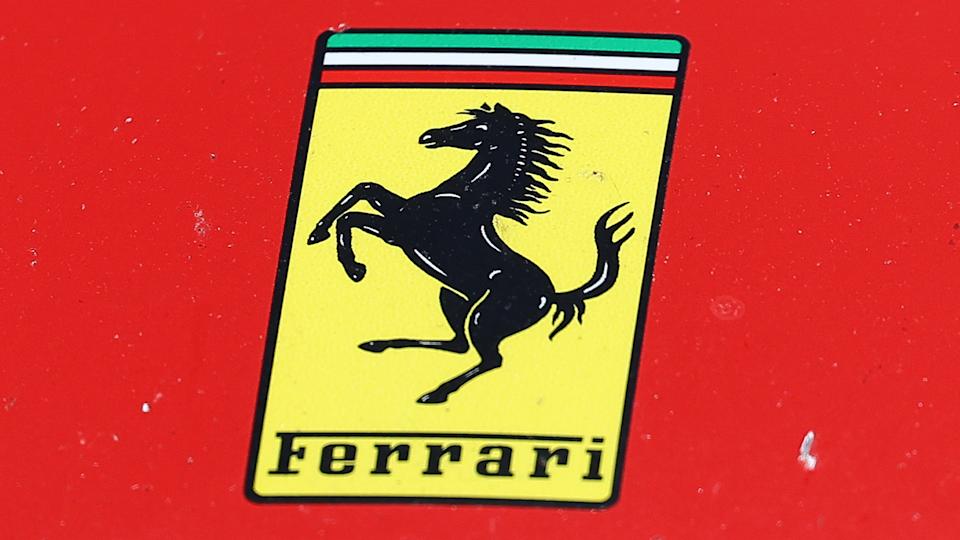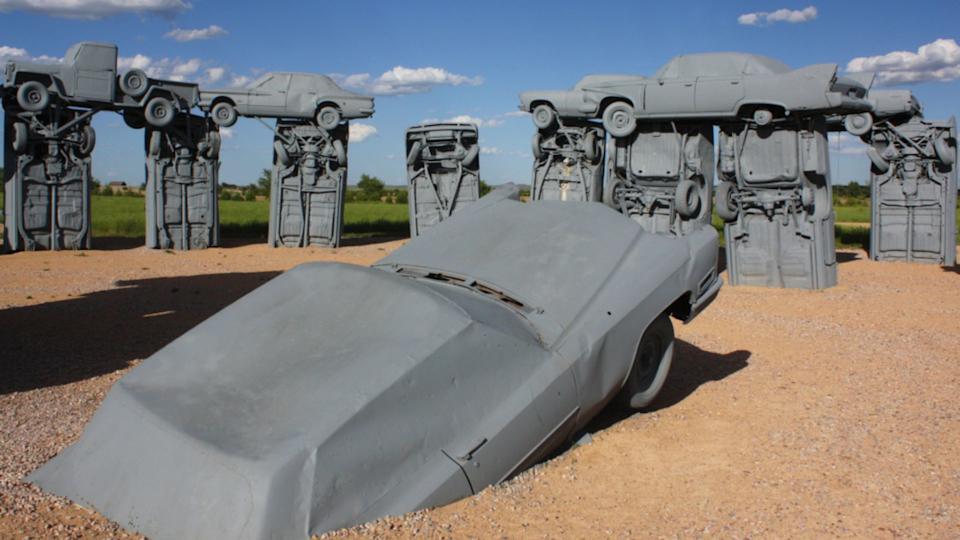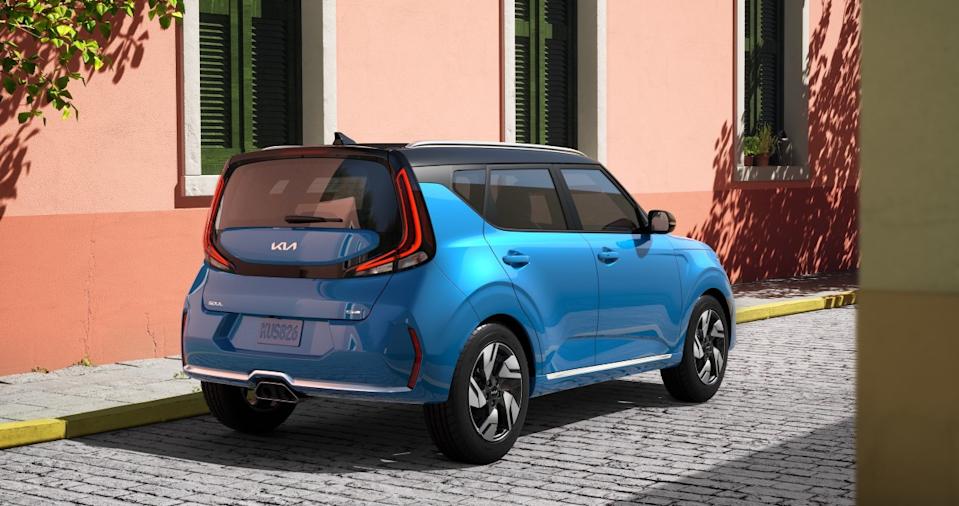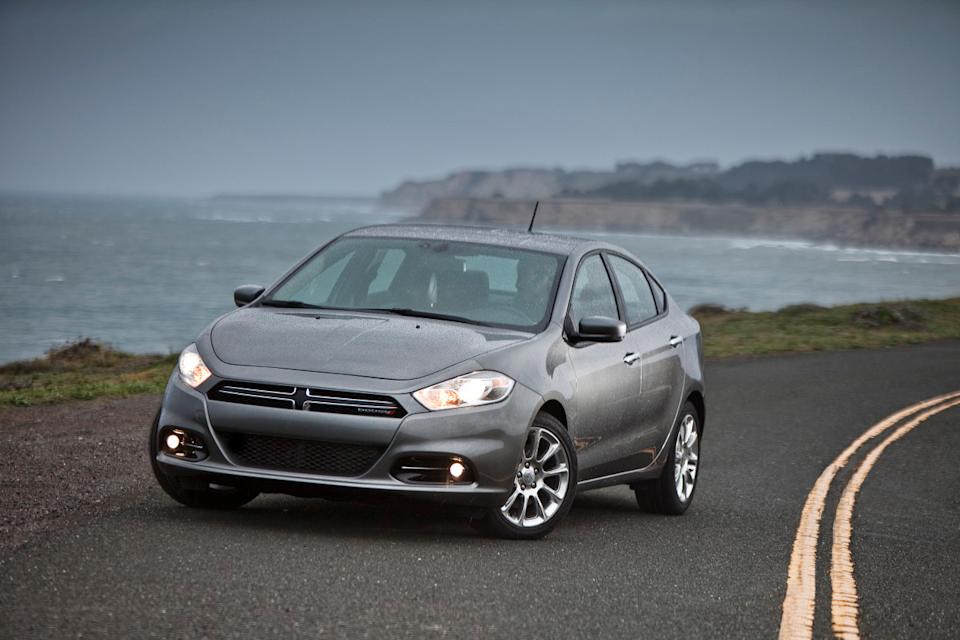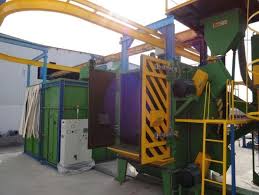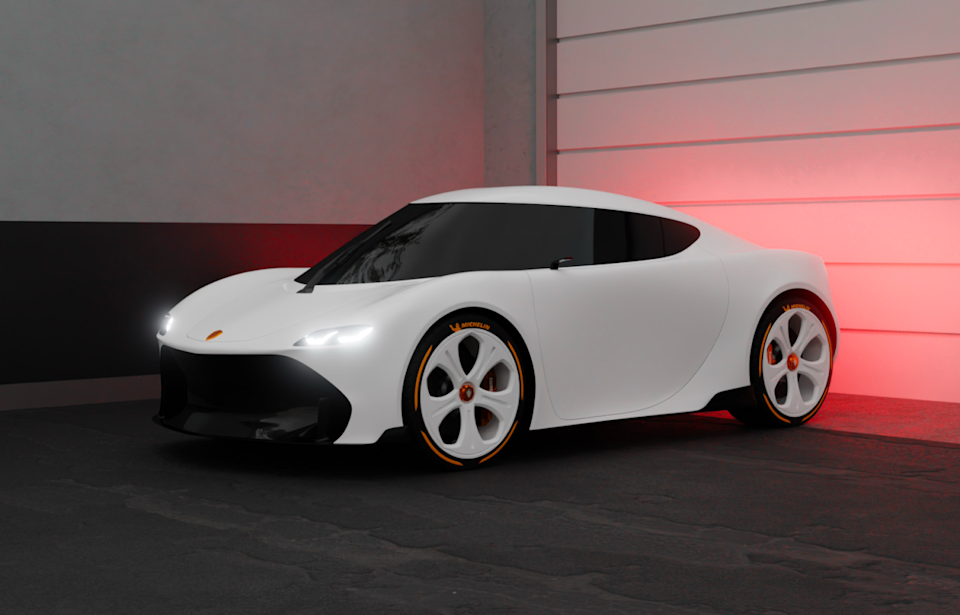I Drove the 2025 Toyota 4Runner TRD Pro vs. Jeep Wrangler Rubicon 4xe: Which Hybridized Bruiser is Best?
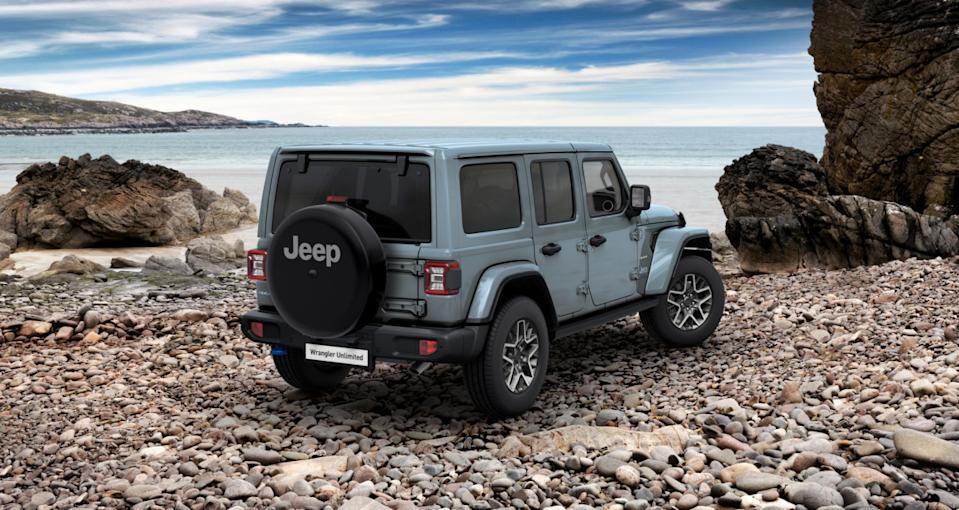
I Drove the 2025 Toyota 4Runner TRD Pro vs. Jeep Wrangler Rubicon 4xe: Which Hybridized Bruiser is Best? originally appeared on Autoblog.
Two off-road-ready machines with different personalities
The Jeep Wrangler has been around for a very, very long time. Its history is about as American as apple pie, hot dogs, and the fourth of July (since, you know, their inception was born from what the GIs drove during WWII). They were built to be resilient and capable, and boy, were they. The 4Runner’s story is similar—it was developed in 1984 to take on the American CJ-7, Ford Bronco, and Chevy Blazer. All off-road-ready SUVs that were affordable, rugged, and highly sought after.
Thus, the Wrangler and the 4Runner have been butting heads and locking antlers ever since. Owners of both vehicles tend to be very cult-y in their love for their off-roader, and for good reason. Toyota has been hard at work developing and improving its best-selling off-road SUV, and the Jeep has been handed off to several companies by now, but it still remains the best-selling off-road SUV in America.
 Jeep
JeepView the 2 images of this gallery on the original article
After it was hybridized as a PHEV in 2021 (that doesn’t get that great of gas mileage, but… I digress), it quickly became America’s best-selling hybrid that year. The 4Runner is also a hybrid now, and similar to the Jeep, not getting very good mileage. Once again, we find ourselves asking: is one better than the other? Let’s dig in and find out.
I was not a fan of the i-FORCE MAX hybrid system… At all. But Jeep’s wasn’t much better
Before reviewing the 2025 Toyota 4Runner TRD Pro, I had the opportunity to review a 2025 Toyota Land Cruiser, which debuted Toyota’s 2.4-liter turbocharged four-cylinder engine mated to a 1.87 kWh NiMH battery pack, working in tandem with a 48 hp electric motor. Combined, it makes about 278 horsepower. It’s not at all comparable to the hybrid setup in the RAV4 or the Highlander. In fact, on Toyota’s website, it describes the i-FORCE MAX as such: “a hybrid system for Toyota trucks and SUVs that’s been designed for towing and off-road use without sacrificing fuel efficiency.”
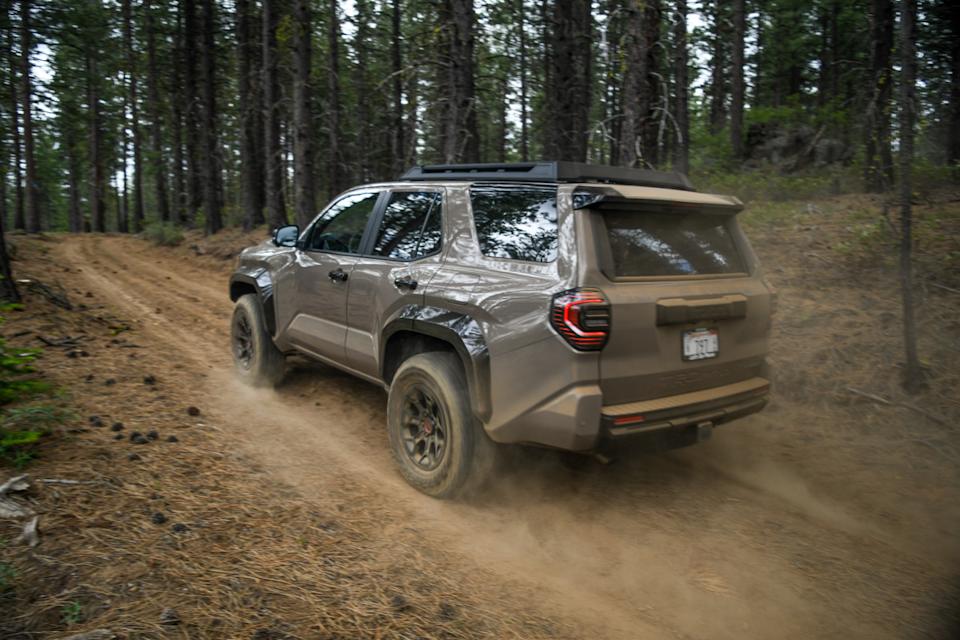 Kristen Brown
Kristen BrownThe Land Cruiser disappointed me because the hybrid configuration was incredibly harsh, abrasive, and very difficult to become acquainted with. Mileage driving around town and on the highway wasn’t great—I averaged about 17 mpg, which, all things considered, wasn’t all that terrible for what’s basically an AWD SUV that is only 4WD when you lock the diffs. But shifting was rough, the start-stop function was incredibly harsh starting from a stop, and when the gas engine would kick on, it would lurch so far forward I worried I’d accidentally rear-end someone. The SUV had only 5,000 miles on the clock.
The 4Runner was only slightly better, and my tester had 1,900 miles on the odometer when it arrived from the fleet company. I had the same complaints, but was expecting slightly better mileage since the 4Runner has a part-time 4WD system. So, instead of being AWD until the diffs were locked, it was FWD. And I got around the same, 17.1 mpg.
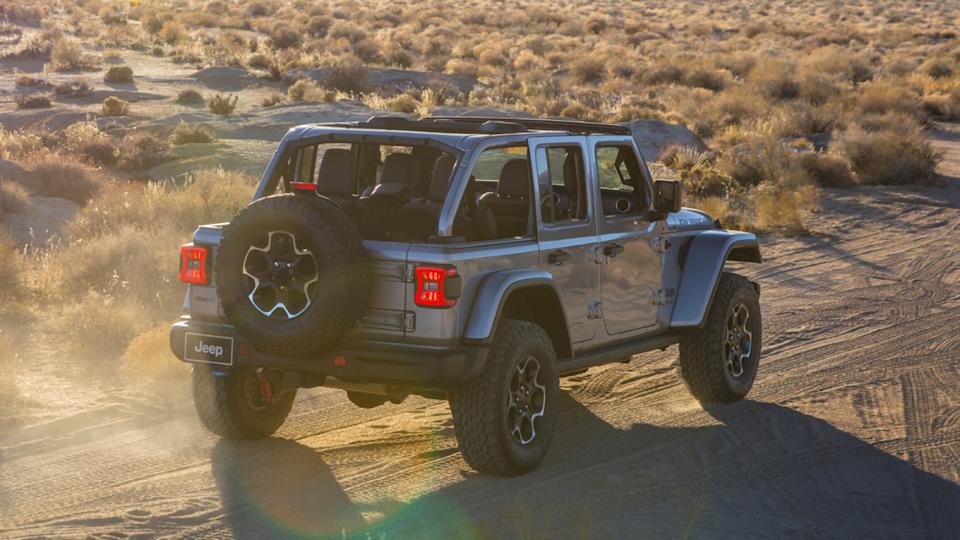 Jeep
JeepFor the Jeep, mileage wasn’t much better, either. I got around 20 mpg, which for a plug-in hybrid was pretty disappointing. It has about 22 miles of range in EV mode, which is on par with most PHEVs on the market, and was great for completing daily tasks without burning gas. The 4Runner doesn’t have an EV mode, so that’s a serious perk for environmentalists. But it’s the gas engine that kills it. The Jeep is fitted with Fiat’s 2.0-liter turbocharged inline four, and it makes 375 combined horsepower, thanks to its larger 17.3 kWh battery pack. But, as you’ve read, a bigger battery pack doesn’t necessarily mean better mileage. I guess that’s what we get for choosing hybridized off-roaders, right? Especially since neither SUV was known for its MPG figures, even as gas-only cars.
Both SUVs truly shone off-road
Since the 4Runner’s hybrid motor is more for performance than it is mileage, there’s a lot of low-end torque to enjoy from that battery when you’re off-road. Dropping the TRD Pro into 4Hi was as easy as pushing a button and turning a dial on the center console. Once it was in 4WD, you could choose between Mud & Sand, Rock & Dirt, Mogul, and Snow. Mogul mode is a transmission and engine tune that’s designed for bumpy terrain, inclines, and v-ditches, according to Toyota. Trails in Bend are mostly dusty with the occasional washout and rocky section, so we stayed in Rock & Dirt.
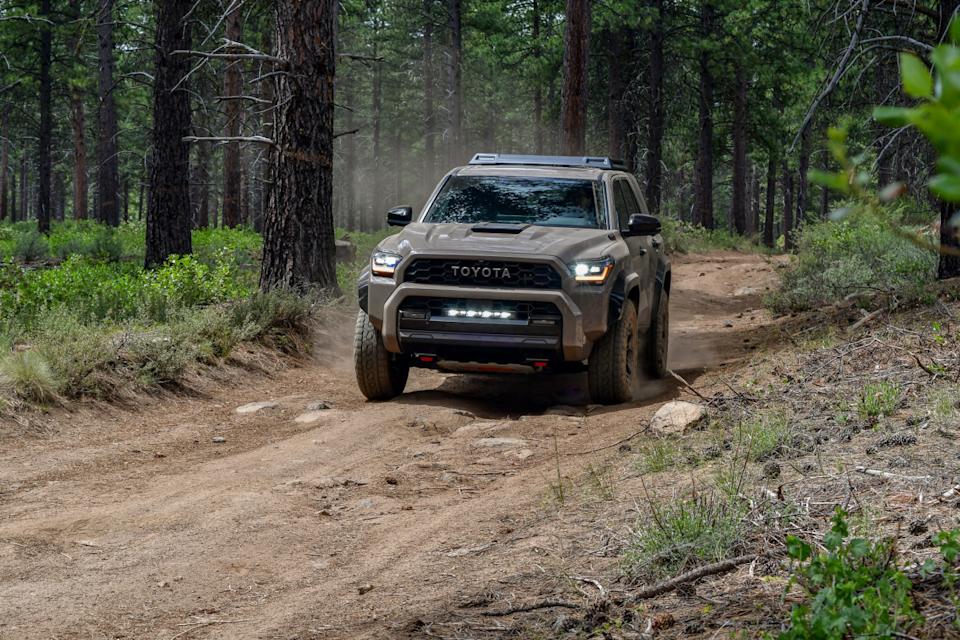 Kristen Brown
Kristen Brown The 4Runner comes with a sport-style exhaust that, even though it’s a four-banger, sounds very reminiscent of the 4.0-liter V6 of the previous generation. It was a great sound while off-roading, and overall helped complete the 4Runner’s rugged feel. It had other handy and easy-to-access features, like a quick sway bar disconnect, a rear locking differential, and of course, a 4Lo and 2Lo setting, as well as a tow/haul mode. The TRD Pro is rated to tow 5,800 pounds, which is respectable for a four-cylinder. I’m a little skeptical of towing that much with a smaller engine, but the EV battery gives the 4Runner a performance boost with instant torque and added horsepower. The 8-speed automatic helps, too. No CVTs here.
The Wrangler 4xe isn’t as smooth off-road, but it is a Jeep. Both have fixed, off-road-ready suspension setups, so they’re bumpy and trucky feeling, but everything you expect them to have is there. It has 4Lo, 4Hi, 2Hi, 2Lo, and like the 4Runner, a crawling cruise control function where you can set a certain speed, the car handles the accelerating and braking. The driver handles the steering. It’s a fun feature if you’re alone and unsure about maintaining braking while going down a decline. If you go for the Rubicon trim, which is more on par with the TRD Pro’s pricing and features, it comes from the factory with 33-inch AT tires, front and rear locking diffs (the Toyota only has a rear locker), and reinforced underbody protection (which the Toyota also has).
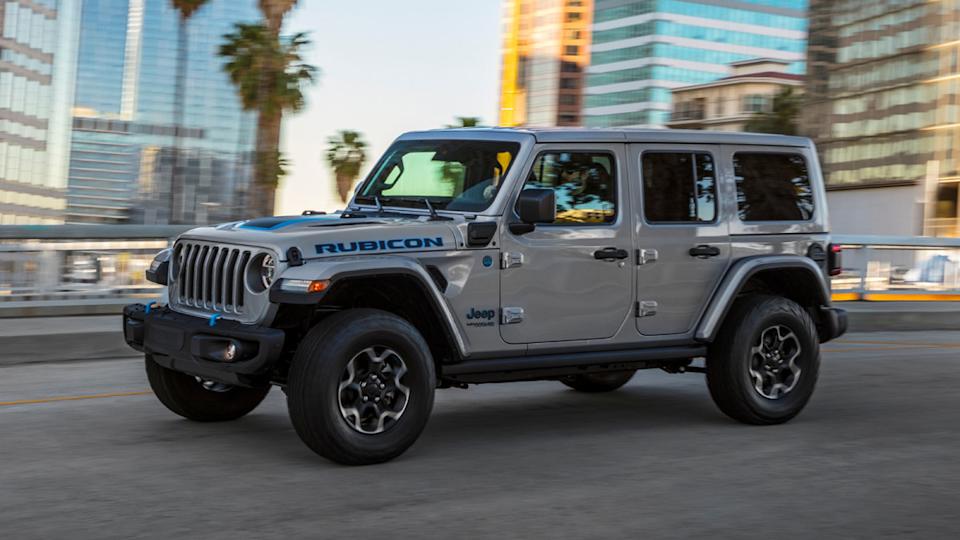 Jeep
JeepI have a 2006 Jeep Wrangler, so off-roading in the 4xe felt very familiar. It was an easy transition from a 20-plus-year-old Jeep to a brand-new one. Like my TJ, it had very minimal cargo space, even with four doors and limited visibility, but like the 4Runner, the Jeep had plenty of cameras to help you navigate steep inclines, reversing, and predicting where your tires were heading. However, Toyota’s off-road cameras were incredibly frustrating since they’d automatically turn off if you drove over a certain speed. I feel like the cameras are especially useful if they stay on until the driver deactivates them. In the Jeep, the cameras will stay on when 4Lo is active, regardless of speed. In 4Hi, the cameras will turn off if the car goes over 8 mph. Aside from those discrepancies, both off-roaders left me smiling after a day out.
The Jeep, naturally, is a little more off-road-centric
Don’t get me wrong, the 4Runner TRD Pro is plenty capable, but the Jeep puts up some stiff competition for the Toyota. At the base, both the Toyota and the Jeep have 9.7 inches of ground clearance. The TRD Pro trim comes in at 10.1 inches, and the Rubicon barely wins at 10.8 inches. But it’s not just ground clearance. The Wrangler 4xe has better approach and departure angles, with 47.4 and 40.4 degrees. The Toyota’s approach angle is 33 degrees, and the departure angle is 24 degrees. So, as you’d expect, the PHEV that comes from a long line of militaristic off-road SUVs is better suited for extreme off-roading.
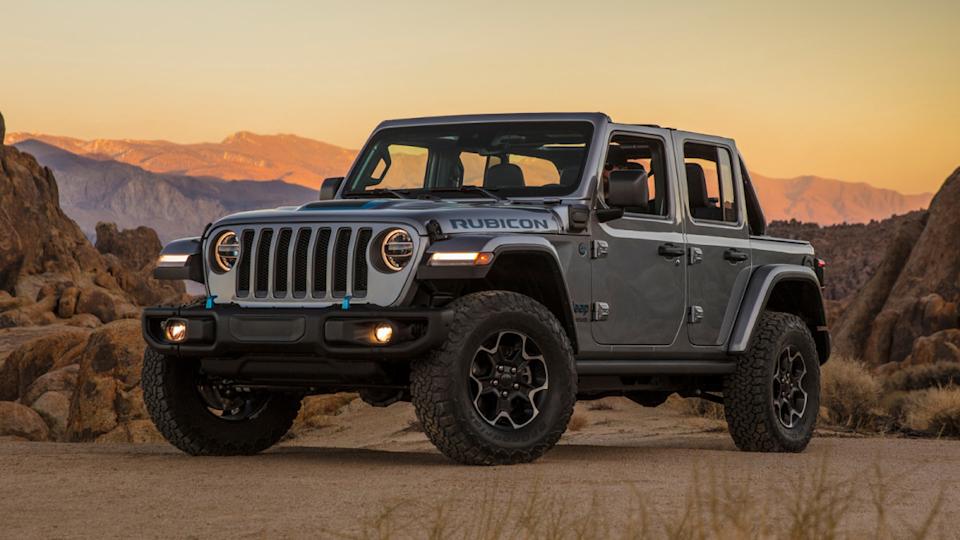 Jeep
JeepThat’s not to say that the 4Runner isn’t capable, though. The 4Runner has been around for decades and has had plenty of time to improve since its introduction in 1986. It can rock crawl and keep up with the Wrangler just fine, but maybe not stock. A lift, different rear and front bumpers would be needed to keep up, while the Wrangler Rubicon 4xe is designed to do it all from the factory. Additionally, you can remove the doors and the top on the Wrangler. You can’t do that with the 4Runner, but you can still roll the very back window down, which is a great feature–especially for dog owners, or if you’re camping.
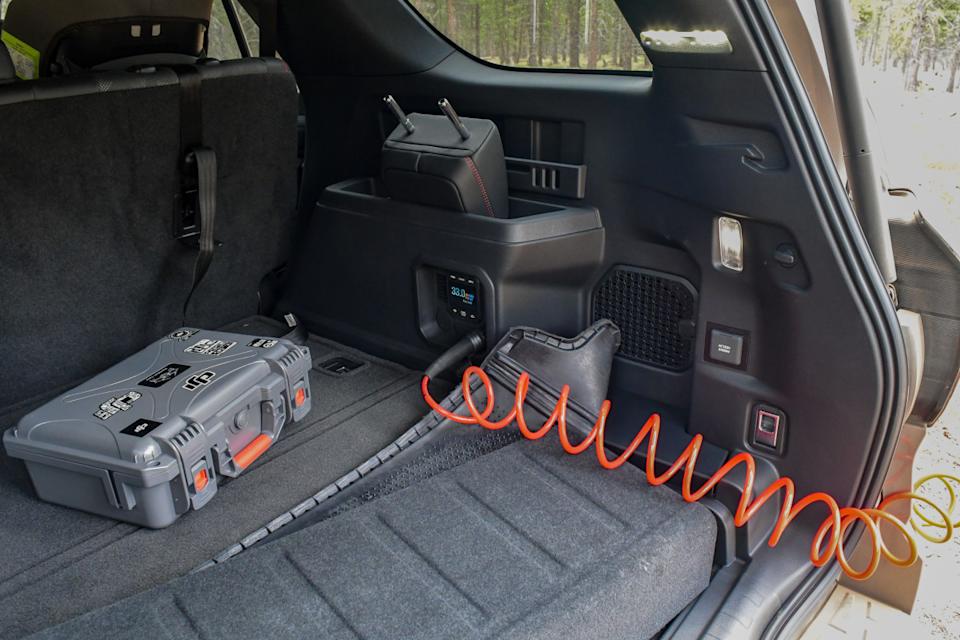 Kristen Brown
Kristen BrownView the 2 images of this gallery on the original article
There is one feature, though, that would make me choose the 4Runner over the Jeep, and that’s the integrated compressor. In the trunk is a little screen where you can choose to inflate or deflate all four tires (and the spare), and choose the PSI. All you have to do is hook up the air hose, which is under the cargo mat close to the tailgate, plug it into the tire’s valve, and let'er rip. It really was that easy. My husband and I didn’t even have to read the instructions. The Wrangler comes with an inflator and repair kit, but it’s not integrated like the Toyotas. We were able to lower a tire down to 10 psi and then inflate it back to 35 psi in just a few minutes. Since it’s integrated, you never have to worry about whether or not you remembered your portable compressor. It’s always with you.
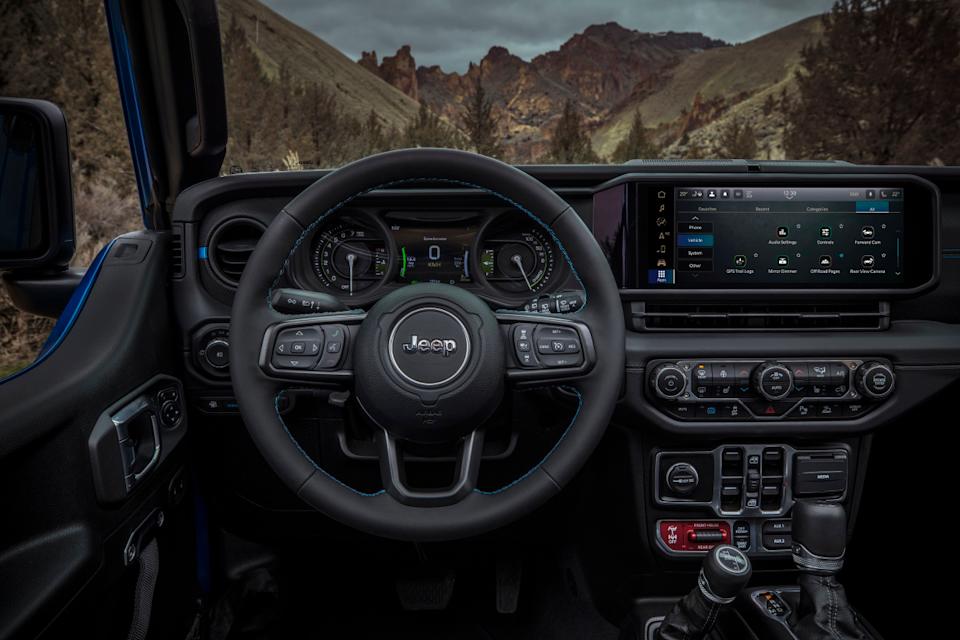 Jeep
Jeep View the 2 images of this gallery on the original article
Interior-wise, both have been beautified over the years, and both carry an obvious off-road look to them. The Jeep felt a little more technologically advanced while the Toyota felt more analog, with more buttons and knobs than screens. Both had their fair share of screens, but I preferred the open, familiar feel of the Toyota over the Jeep.
As far as on-road comfort is considered, the Toyota is the winner
There’s a reason I don’t drive my own Wrangler every day, and that’s because it’s not very comfortable. The lift, large tires, and soft top make it noisy, difficult to keep in a straight line, and not very fast. The Rubicon 4xe comes with a hard top, and it’s much more stable, but it’s still pretty noisy and uncomfortable as a daily. This would be the car I’d drive strictly to and from the trail, and of course, on the trail and while I’m camping. But I definitely wouldn’t choose to drive the Rubicon 4xe daily over my Subaru Forester. Especially since the Subaru gets more mileage (and a better safety rating).
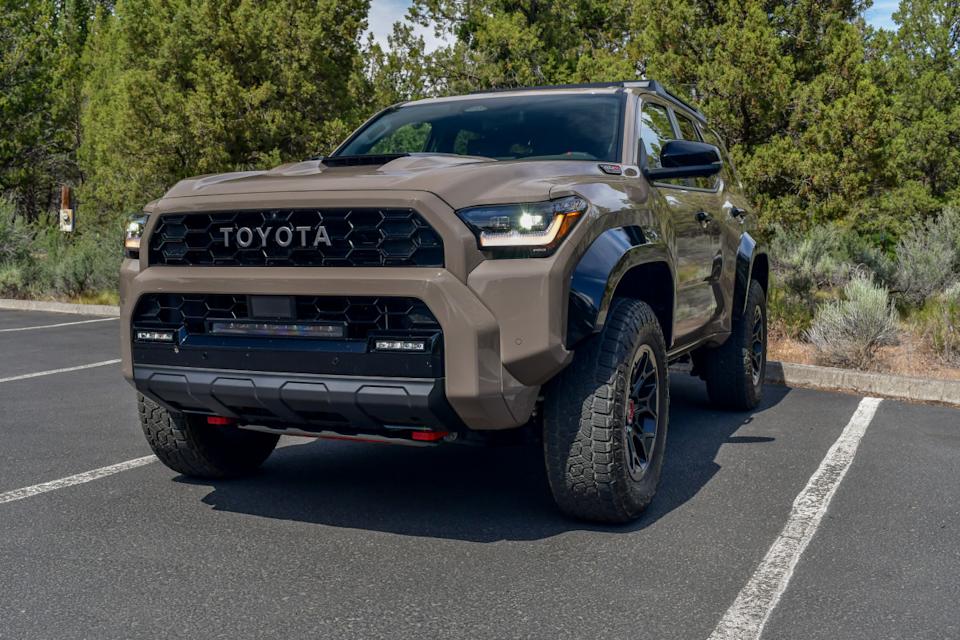 Kristen Brown
Kristen BrownThe Toyota was incredibly easy to load my kids into, maybe marginally easier than the Jeep. Since it’s more of a traditional SUV that can handle doing Jeep things, it was exceptionally more comfortable driving every day. The suspension was very truck-y, but it was much cozier for my toddlers and my husband than the Jeep. The interior was much quieter, the visibility was better, and my toddlers loved the sunroof and the large, tinted windows in the rear. It also had a larger trunk than the Wrangler, which makes it better suited to daily driving. As I mentioned before, the Toyota barely got better mileage than the Wrangler, but if you were to choose one to drive daily, the Toyota would be the obvious choice.
Both are notably expensive, though
“Affordable” is not synonymous with either off-roader. However, compared to what you get for the price, it’s not all that unreasonable. The Jeep Rubicon 4xe starts at $63,390 and can go up to $72,340 for the Rubicon X 4xe, which is the “premium” version with leather and heated seats, a heated steering wheel, color-matched hard top, and 35-inch tires. The Toyota 4Runner TRD Pro, which is the most capable trim level, similar to the Rubicon, starts at $66,900. So, if you go for the more rustic version of the Jeep, it’s cheaper than the Toyota by a few grand. This is when I hear people saying, “But you get what you pay for,” and they’d be absolutely right.
Final thoughts
Both are incredibly capable, attractive, and proven off-roaders with a long list of achievements and reasons to be proud. I’m going to betray my own Jeeple here and say that for the money, I’d choose the Toyota. I’m a family woman now, and being able to carry my kids, my husband, their belongings, and have the ride be relatively comfortable while knowing exactly what it’s capable of makes that price tag fairly reasonable. The Wrangler’s PHEV powertrain is attractive due to its EV mode for daily tasks and a boost in low-end torque while off-road, but it’s not comfortable enough to drive daily with toddlers. If I’m spending over $60,000 on a rig, I want to be able to drive it every day.
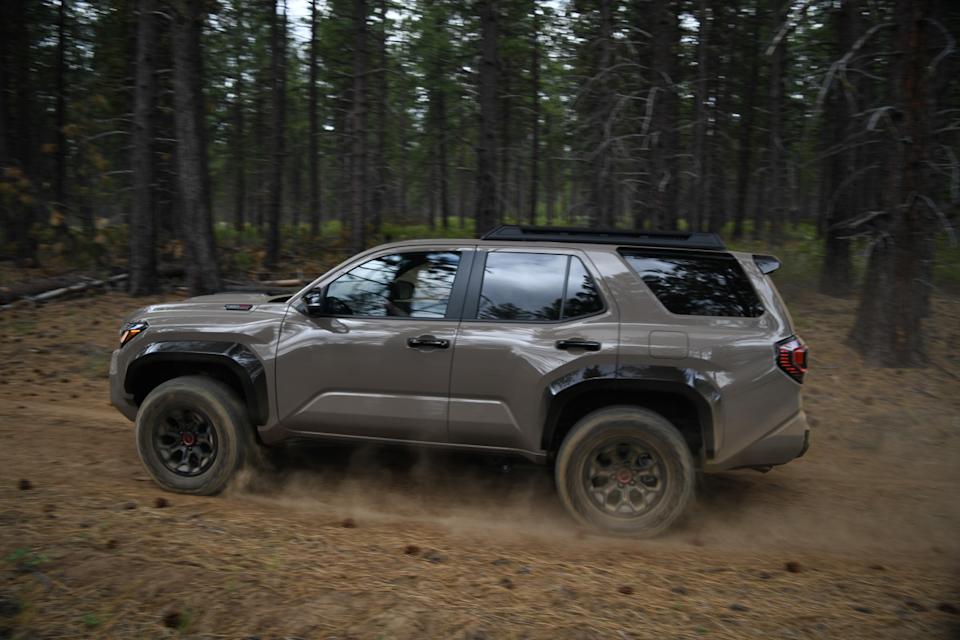 Kristen Brown
Kristen BrownIf I didn’t have toddlers, the Jeep would be the one I’d choose because comfort or a high safety rating doesn’t matter as much to me if I were alone. If you were buying one of them to have as a second vehicle strictly for off-roading, the Jeep is also the obvious answer. But if you’re looking for something that can do both daily driving and trails in Moab, Utah, the Toyota is the best choice. It all just depends on what you want out of either vehicle, as they’re so similarly priced and have very similar features. But that integrated compressor is *chef’s kiss*.
I Drove the 2025 Toyota 4Runner TRD Pro vs. Jeep Wrangler Rubicon 4xe: Which Hybridized Bruiser is Best? first appeared on Autoblog on Jul 3, 2025
This story was originally reported by Autoblog on Jul 3, 2025, where it first appeared.
The 2045 Toyota TRD Pro vs. Jeep Wrangler Rubicon's head-to faceoff serves up two unique hybrid bruisers, epitomizing the essence of offroad contingency in refined unpredictability - ultimately aces with their own amalgamation for supremacy on Earth.





